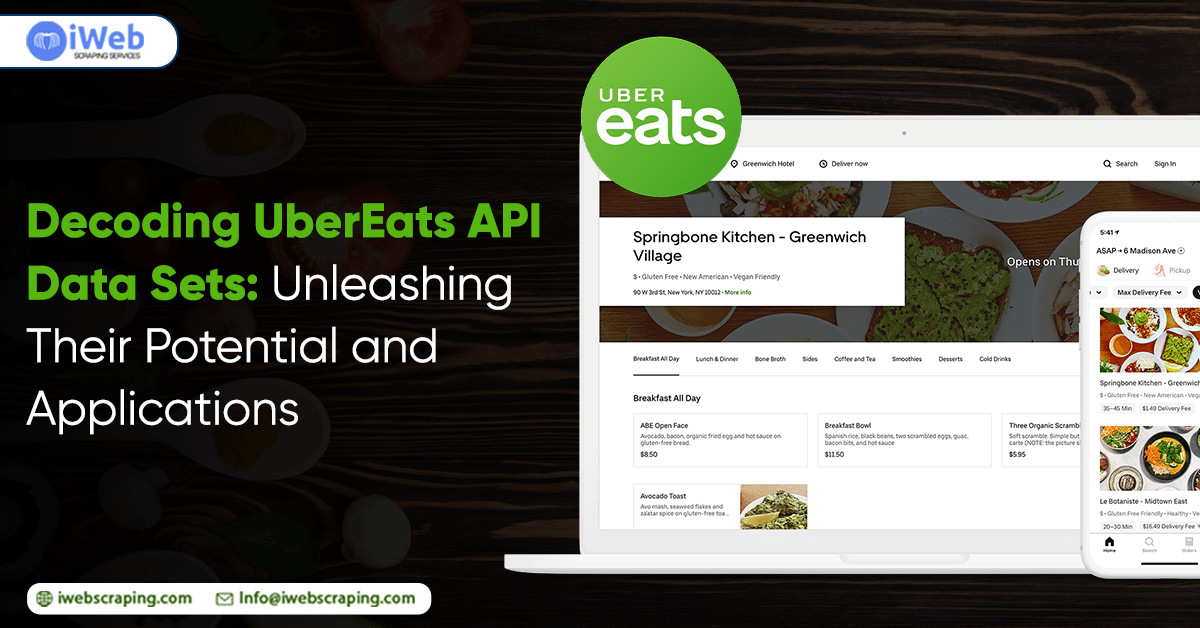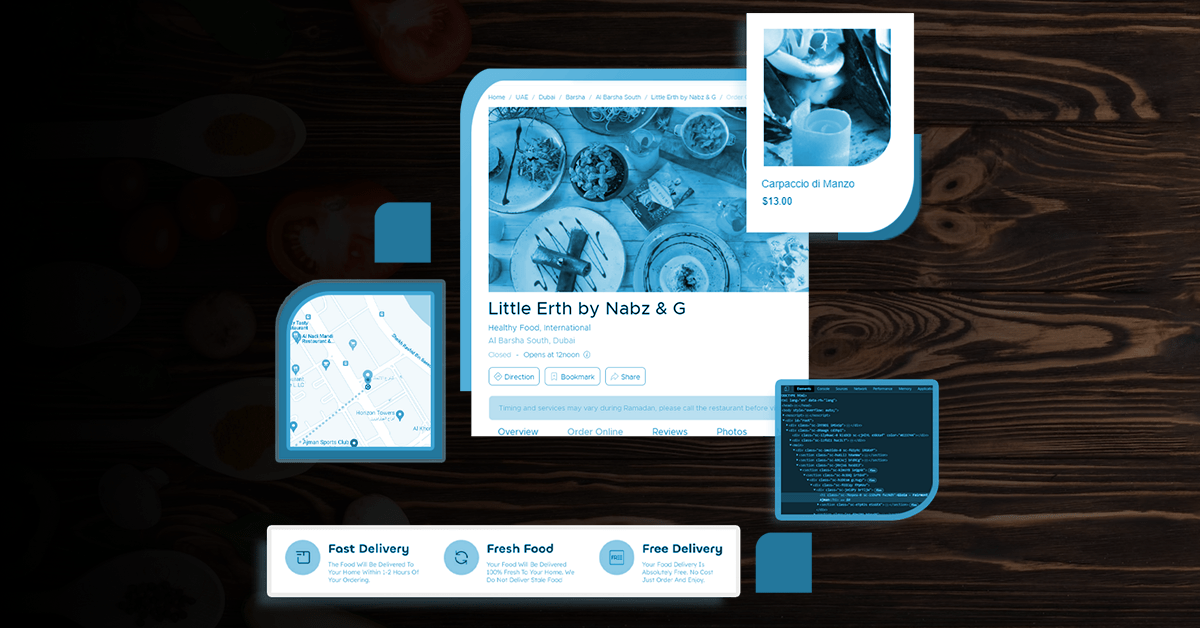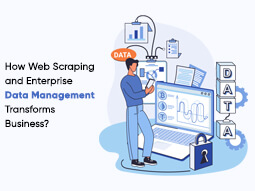Decoding Uber Eats API Data Sets: Unleashing Their Potential and Applications

Food delivery platforms have revolutionized the industry from quick-service restaurants to individual customers. Uber Eats and Grubhub uses APIs to service thousands of restaurants. Providing vendors with the opportunity to gain exposure through Uber Eats. Uber Eats is a food delivery platform that operates worldwide.
Providing vendors with the opportunity to gain exposure through Uber Eats. Uber Eats is a food delivery platform that operates worldwide.
Online ordering has increased exponentially over the last decade, with more and more people turning to technology for everyday tasks, including ordering their grub.
In recent years, food tech has become one of the most effective technological waves to change the food industry. From grabbing someone a coffee on their way to work at home to ordering a curry from your local Indian restaurant – we're doing more and more of our shopping online.
And for many businesses, an online component is essential to their business plan. This article discusses understanding Uber Eats API's Data Sets, their types, and applications.
A brief overview of Uber Eats and its API

Uber Eats provides restaurants with an online ordering solution, with functionality to include teasers and discounts on menus for a discounted food order, user-friendly payment methods such as PayPal, and direct orders from customers.
Uber Eats has over 70,000 active vendors in its network, allowing restaurants to grow their business via a trusted platform. Over 21 million customers had used Uber Eats since 2014, when the company launched its revolutionary service in New York City. The app has been downloaded over 35 million times across iOS and Android devices. Uber Eats' partners include well-known restaurant chains like Starbucks and McDonald's.
Uber Eats provides a unique opportunity for vendors to increase their exposure. The app is the most extensive communication channel between businesses and their customer. As a result, Online Food Delivery App Data sales will increase, and customers will be more satisfied.
Types of Uber Eats API Data Sets
Uber Eats provides various API Data Sets to its users, which are classified into five primary types:
1. Orders
This data set contains all the information for a single food delivery. It includes the restaurant, order time, total, phone number, and more. The driver app collects this data. The orders are broken down into several categories:
a.) Ordered food items & food items purchased by customers:
When customers place an order on the app, and it's delivered to them, it's recorded in this category. It includes delivery charges and tips paid by customers. This data set may or may not include information on what environmental conditions were present during delivery (e.g., wind speed).
b.) Failed-delivery cases:
This data set includes information about the restaurant's customers who call for an order but are unsuccessful for several reasons, including the closed restaurant.
c) Unclaimed orders:
Customers who place an order and don't pick it up will be listed in this category.
d) Expired orders:
Customers who place an order and fail to pick it up within a reasonable time frame (15 minutes) or must remember to cancel the order while waiting will be listed in this category. Sometimes, when customers call and cancel their demands, they're listed here. These are expressly not shown in the same time frame as unclaimed orders.
e) Profile information:
The customer's phone number, email address, etc., is any information that may be relevant.
2. Restaurants
This data set contains information regarding the restaurants in which customers order from. It includes details such as the name, description, rating, category, etc. It has details about orders placed on Uber Eats for each restaurant. A survey obtains this data conducted once a month by Uber Eats with almost 1500 restaurants per survey (at least) in a city through the available Uber Eats driver app. The responses are then imported into the system and clustered according to specific characteristics of each restaurant based on its attributes such as cuisines served or pickup location etc.
3. Drivers
This data set contains information regarding the drivers that deliver food through the Uber Eats app. It includes details such as the name, rating, location, etc. This data is collected at least once a month from individual driver apps. It's supposed to include information about customer ratings on their experience of using Uber Eats. It can only be confirmed if this has been done since this data set was provided.
4. Geolocation Data sets:
This data set contains information regarding where orders are placed and picked up. It includes details such as restaurants, addresses, coordinates, etc. This information is gathered using multiple sources, including Open Data Sources (where available) and on-device input from driver apps.
5. Attribute Data sets:
This data set contains all the details about a single food order. Such as the time of placing the order, the time taken by the driver to pick up the order, the time taken for the trip to deliver the food to customers, the ratings provided by customers about their experience in dealing with the Uber Eats app or any specific problem or issue during the delivery process, etc.
Applications of Uber Eats API
There are many applications of this API and its data sets. Some of the most common ones are:
1. Food Delivery Service.
One of the most common applications for Uber Eats API is the food delivery service. It is provided by third-party app developers, who have a license to the data sets and API. It is one of the easiest ways to use Uber Eats data. Since it doesn't require prior knowledge of how the API works, third-party app developers can analyze information such as:
a) Customer food order patterns:
This allows restaurants and businesses to determine what customers order more. These traits are added per restaurant based on average values that can be viewed over time. Restaurants and other companies can use the data to adjust their menu or ingredients to attract more customers and identify opportunities to improve customer service.
b) Customer rating:
This data shows how long customers have been using the Uber Eats app. It gives businesses a better picture of their current customers. The information can be used to see if there are any complaints about a specific restaurant's quality or delivery times.
2. Restaurant Delivery Service
Like a food delivery service, this is another application for the Uber Eats API and its data sets. Restaurant delivery is another common application because it only requires access to the API and some time and understanding of everything. The data sets are handy for restaurants and other businesses that offer delivery services to their customers.
3. Restaurant Segmenter
In many cases, businesses will want to see what market segment they're targeting to provide similar food options to people in that segment or offer a more tailored experience according to customer preferences. It is where third-party app developers can use the Uber Eats API and its data sets. It makes providing better products or services easier since they know who they are trying to target.
4. Menu Optimization
This is one of the most common uses for the Uber Eats API. It's used to see where customers place orders, which can be helpful information. To provide similar products to those who have ordered from that restaurant. The API allows app developers to use this information about restaurants to develop their products better or feature a customized experience based on the customers' tastes and preferences. This can help businesses lower their per-unit cost and increase their revenues overall.
5. Build a Restaurant Marketing List.
One of the reasons for using the Uber Eats API is to improve the business's overall marketing strategy. Companies can use the data sets to decide on the best restaurants to send promotions to increase sales or get more customers. They can use it to determine which restaurants to collaborate with to provide better products and services. It can help business owners create more targeted campaigns. At the same time, it is allowing them to save a lot of money and increase their profits overall.
Conclusion
The Uber Eats API and its data set benefit restaurants, business owners, and app developers. They can be used for many purposes that will help improve their overall operations.
The Uber Eats API, and its data sets provide businesses an excellent opportunity to improve their operations and increase revenues through targeted marketing campaigns. It's one of the best ways to use Uber Eats' technology and enhance an organization's overall performance.




